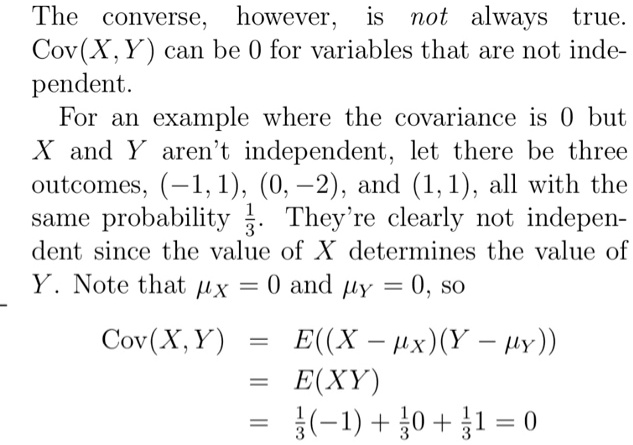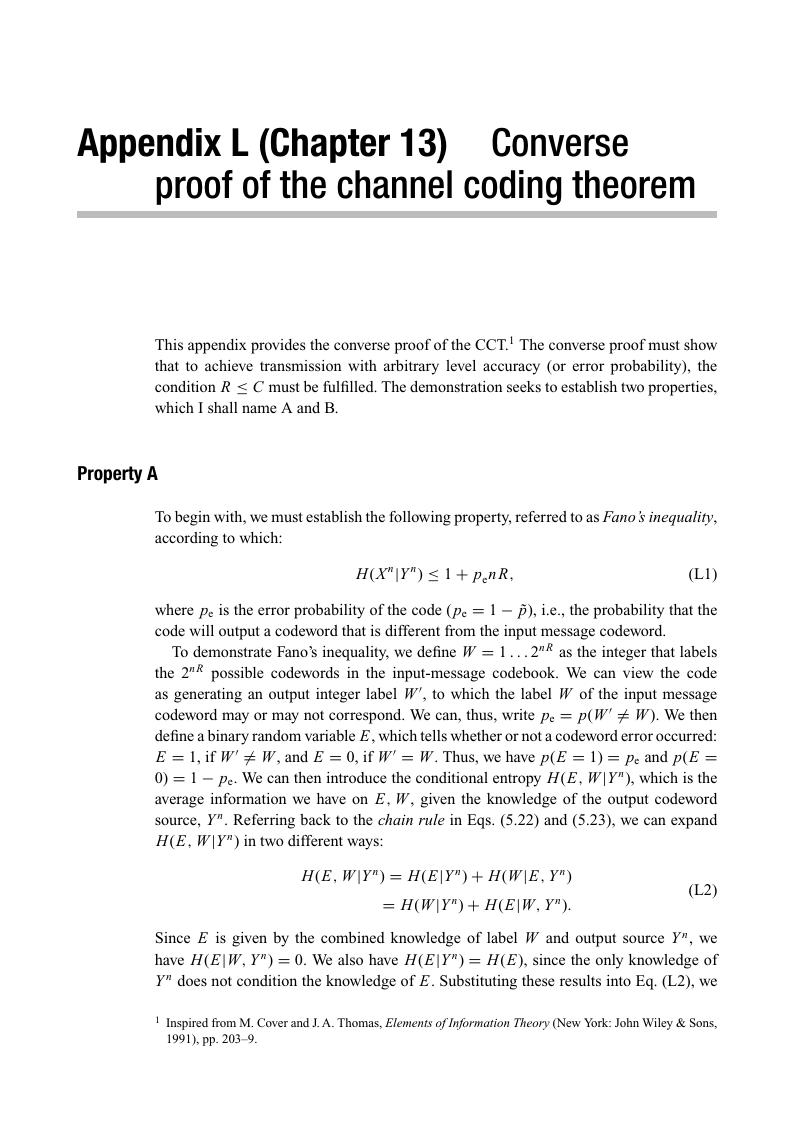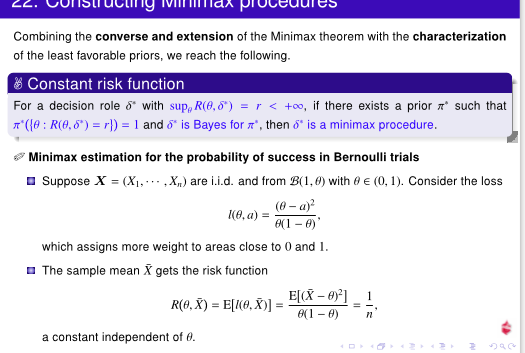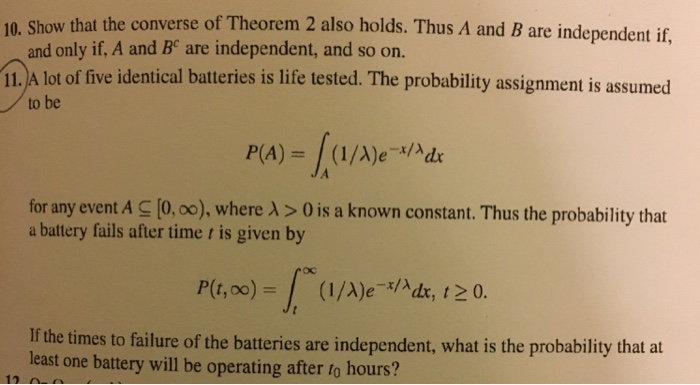
Converse (48) and achievable (225) bounds on the energy transmission... | Download Scientific Diagram

Lecture 9 - slides - Math 2 Probability 9 Several Random Variables 9.0 Learning Outcomes After - Studocu

Is this last statement a convergence in probability, why does this converse holds? - Mathematics Stack Exchange

SOLVED: The converse, however, is not always true. Cov( X, Y) can be 0 for variables that are not inde- pendent For an example where the covariance is 0 but X and

SOLVED: Exercise #3: Argue from first principles that convergence in probability implies vague convergence. Exercise #4: Show by example that convergence in probability does not imply a.e. convergence. (ii) We say that
![PDF] A Second-Order Converse Bound for the Multiple-Access Channel via Wringing Dependence | Semantic Scholar PDF] A Second-Order Converse Bound for the Multiple-Access Channel via Wringing Dependence | Semantic Scholar](https://d3i71xaburhd42.cloudfront.net/0b85f591c12362f76a180c96adbd91a9067d2574/7-Figure1-1.png)
PDF] A Second-Order Converse Bound for the Multiple-Access Channel via Wringing Dependence | Semantic Scholar

Chapter 5 Review Probability – the relative likelihood of occurrence of any given outcome or event, ranges from 0 to 1 Converse Rule (not) Multiplication. - ppt download














![PDF] On two strong converse theorems for discrete memoryless channels | Semantic Scholar PDF] On two strong converse theorems for discrete memoryless channels | Semantic Scholar](https://d3i71xaburhd42.cloudfront.net/8643a027650c3908d1585f3550797c94ce5824fa/5-Table1-1.png)
:max_bytes(150000):strip_icc()/converse-5655e26e5f9b5835e437fb1a.jpg)